Affiliate links on Android Authority may earn us a commission. Learn more.
RIP pop-up selfie cameras. We hardly knew ye.
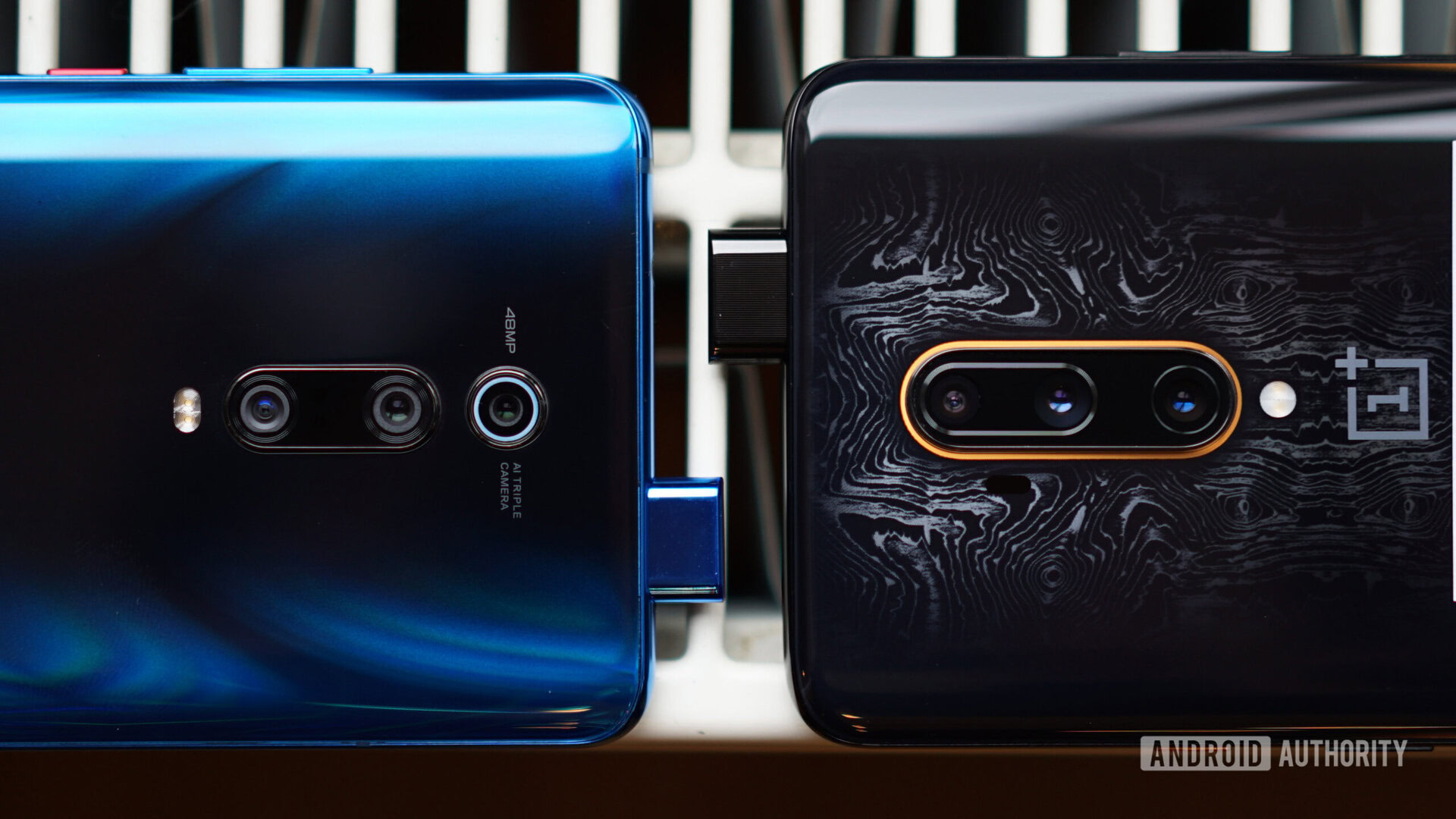
The OnePlus 8 and 8 Pro are now set for a launch on April 14th and, thanks to leaked images showing it in real life, it appears one of the regrettable changes to the Pro line we’re seeing is the loss of the pop-up camera.
The OnePlus 7 Pro and 7T Pro both had funky pop-ups, but now it looks like we’re getting a punch-hole camera in the display instead for their successors. Beyond that, however, it doesn’t just signal a design change for OnePlus, but what looks to be the end of the line for the pop-up camera across the entire smartphone industry.
But why did the pop-up camera live fast and die so young?
One-hit wonders
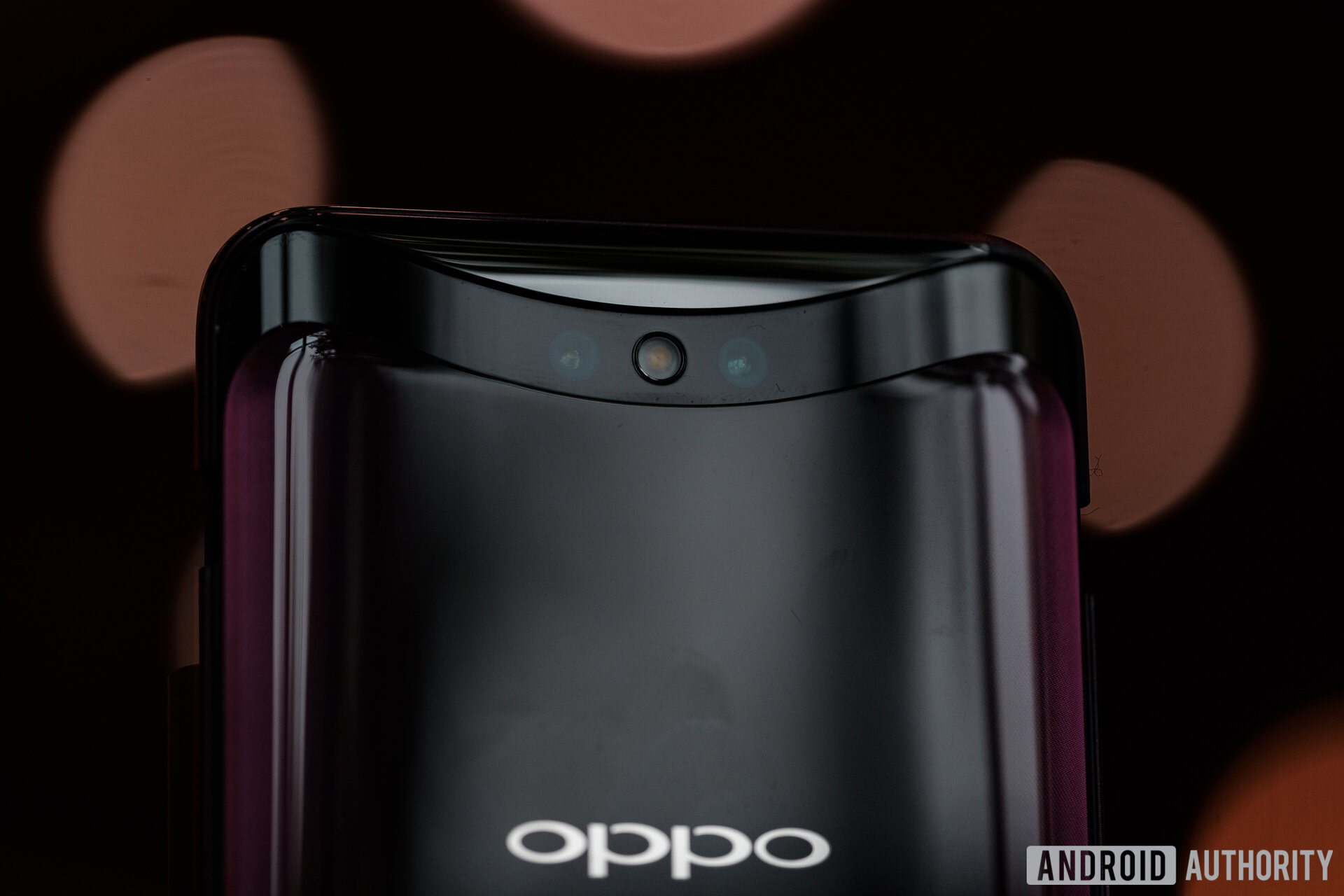
OnePlus is joining the crowd after finding itself almost all alone as many of its competitors have already left the pop-up behind. As a fittingly symbolic final nail in the coffin, the OPPO Find X was one of the highest-profile early adopters of the pop-up selfie camera, but the just-released Find X2 Pro dropped the quirky slider completely.
Other OEMs that tried it and seem to have moved on include Motorola, Realme, and Honor. Even the first mover, vivo, which had the first-to-market pop-up on the vivo Nex and stuck with it on the vivo V15 and later V17 Pro, has now shifted to an in-display selfie camera with its latest vivo Apex 2020 concept device. The only surVivor of the pop-up cull is the recently launched Redmi K30 Pro and K30 Pro Zoom, which both keep the surprise selfie camera from the previous Redmi K20 Pro/Xiaomi Mi 9T Pro. That’s it. The last of us.
So what gives? Having had hands-on and review time with multiple devices with a pop-up camera, moving away from it doesn’t seem to be a step forward. Why is the pop-up all but gone, before it really even gained traction in more mainstream devices? Let’s look at why it was good, first.
Pop rocks
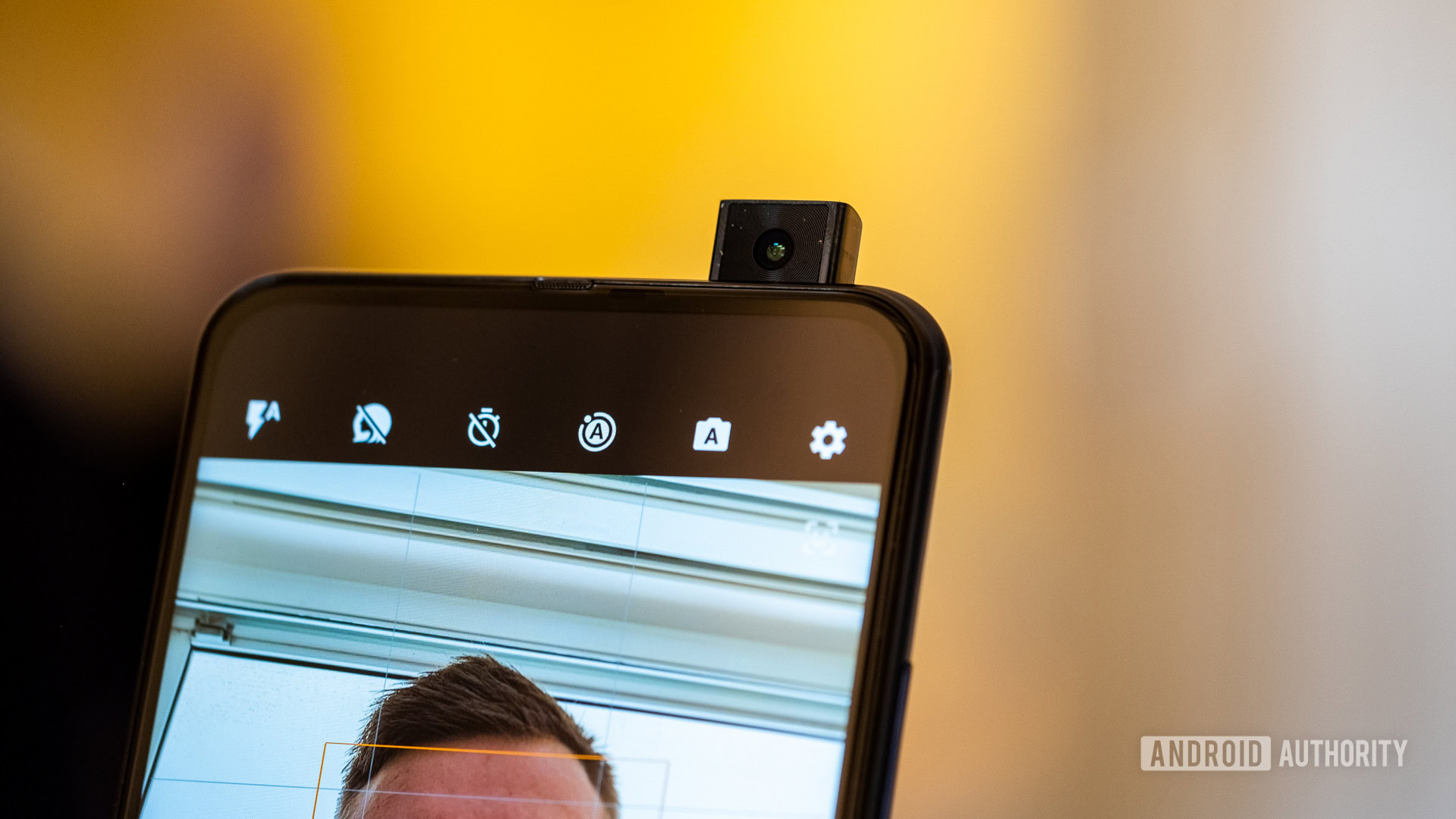
There are a number of reasons pop-up cameras worked well, despite early skepticism of the concept.
It had the cool factor: it caught people’s eye by offering something unexpected and did something completely different compared to smartphones in the past. Given the shape and size adopted for strength and robustness, it also offered manufacturers a way to add a bigger lens and more glass to the selfie camera.
It also didn’t fail. The pop-up mechanism worked under duress and intentional hardship in stress tests. The engineering that went into pop-ups seemed durable with no big issues emerging for devices. I watched my boss Kris Carlon really try and stop the vivo Nex pop-up camera from working but even that early generation of pop-up seemed solid. Again, we don’t know for sure given the moving parts, but there hasn’t been a recall or a mass swathe of reports of failing pop-up mechanisms.
The pop-up, despite all the moving parts, was cool, durable, useful, and safe.
The other big reason for the pop-up camera’s existence was that it allowed a true full-screen display for a smartphone. By hiding the selfie camera components, the pop-up camera offered the best solution for a true high screen-to-body ratio. No notch, no hole, no big bezel, no missing information or workarounds. Just a full screen; all display. And if you just never bothered taking selfies, the pop-up stayed put and didn’t get in the way 100% of the time like a punch-hole or notch does.
The pop-up camera was also great for those concerned with privacy. If, by now, you don’t understand that your Android or iOS phone is eminently hackable, you have a few things to catch up on. Now, your selfies might not be as valuable to a nation-state hacker as some others, but there are few better options for privacy than not making your camera available at all.
One more thing: a pop-up camera for OnePlus, in particular, was one of the things that separated the OnePlus 7 Pro and 7T Pro from most other flagships out there in the US market. Other China-made brands with their pop-up selfie cams simply weren’t on offer in the States.
What killed the pop-up?
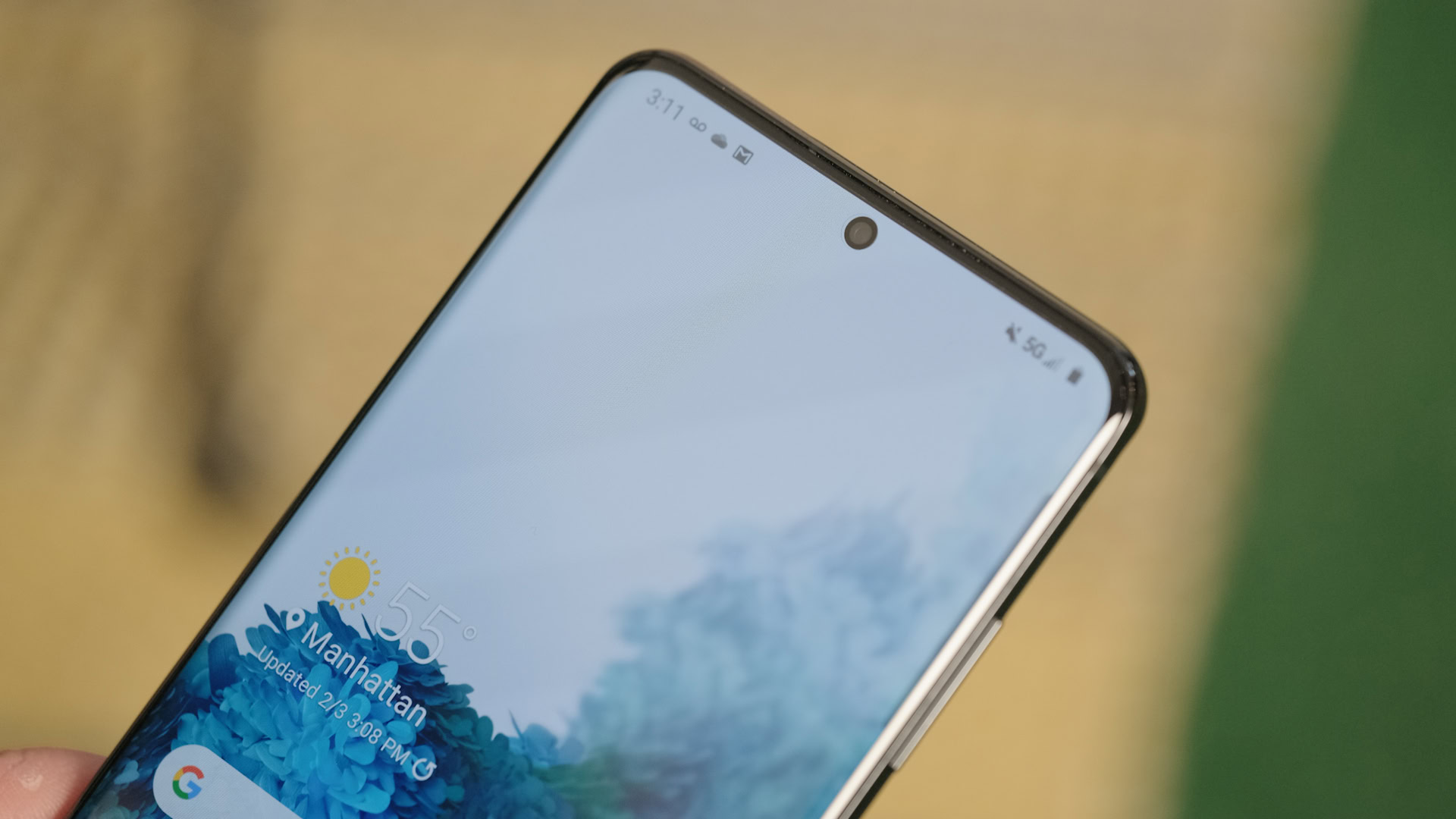
A smartphone with a punch-hole display is better than a notch, but the punch-hole still doesn’t feel like the future we deserve. The hole in the display is always there. Even though it’s not particularly obtrusive, that doesn’t change the fact there’s a hole in the display, where pixels will never be again. My colleague Oliver Cragg suggested that we do away with selfie cameras completely, noting punch-holes “interrupt those gorgeous, vibrant display panels all of our smartphones have.”
It’s true. But selfie cameras have a real purpose for plenty of folks just as they are. Adding complexity, like an extra display on the back of the phone to take selfies, seems both costly and unnecessary to me. Hence, the punch-hole winning the race for the least-worst solution for now.
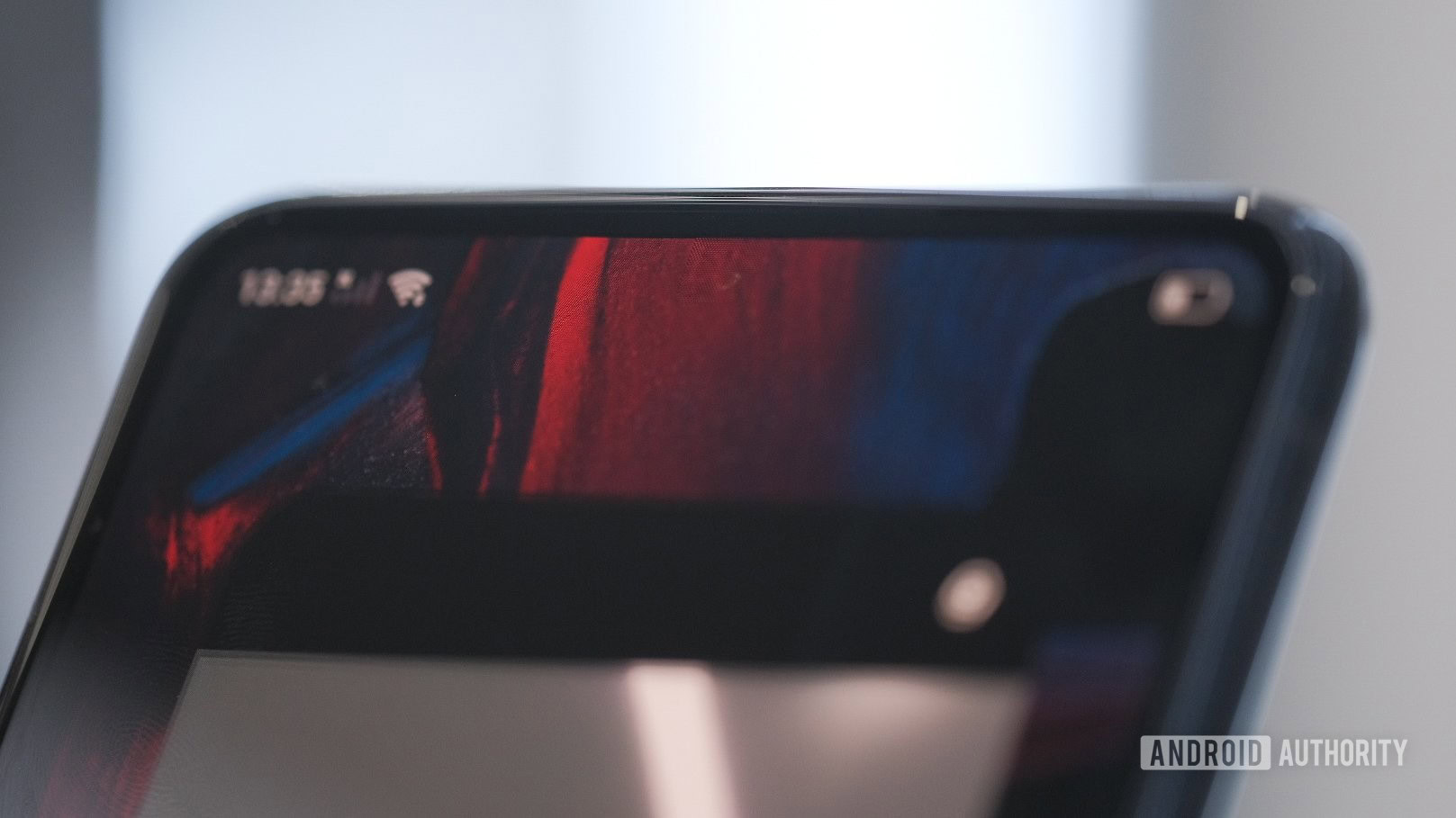
The next step is likely to be under-display selfie cameras, but has Xiaomi pointed out why they aren’t viable, yet. So, stay tuned there.
Of course, there are valid reasons OEMs have favored punch-holes and other solutions over the pop-up. If it didn’t have downsides, it wouldn’t be going away, and there are several downsides.
The biggest problem appears to be spacing: what really might’ve killed the pop-up mechanism for the punch-hole display is the increasing need to pack more into a smartphone. Take a look at how it works:
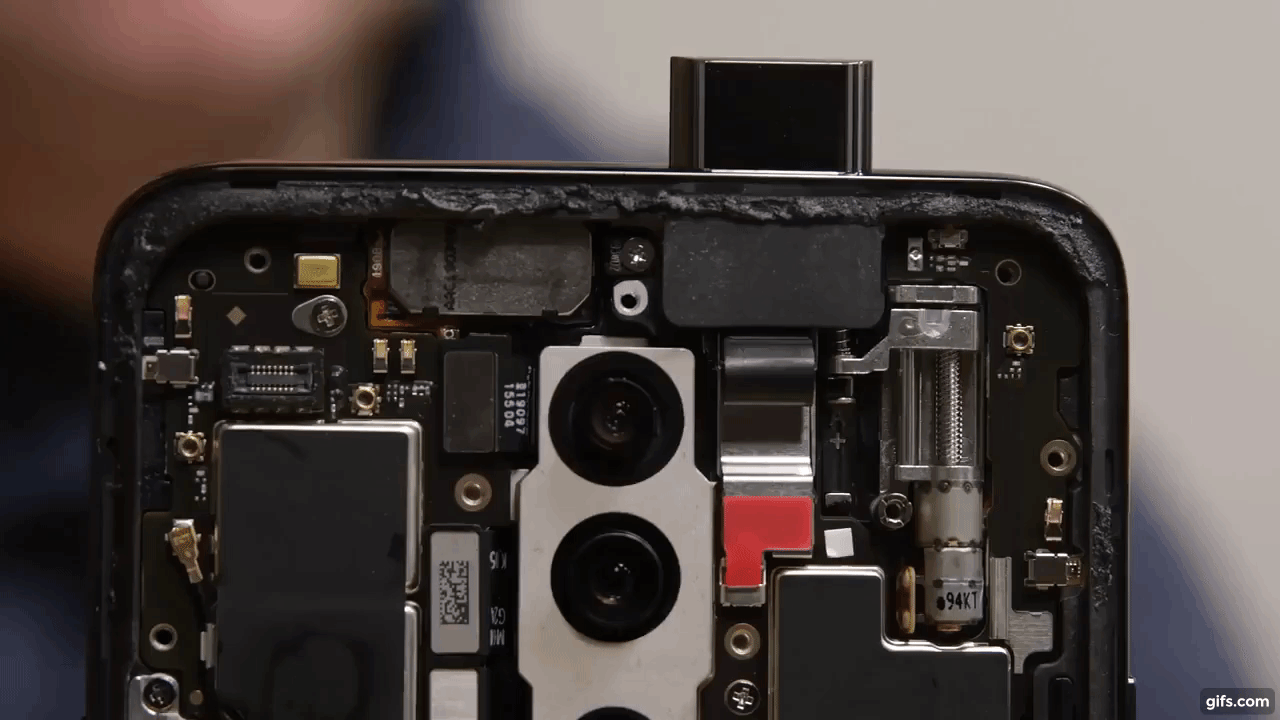
As you can see in this OnePlus 7 Pro teardown from iFixit, a chunk of space inside the device is taken up by the pop-up camera and moving mechanical parts. It’s not rocket science to assume that that manufacturers wanted the space back.
As companies move to 4,000mAh-plus batteries in new devices, cutting the pop-up saves room. That, in turn, allows them to cram in a bigger battery, which gives people more screen-on time.
Xiaomi, this week, gave us some big clues along these lines. Redmi general manager Lu Weibing explained its own problems with the pop-up, complaining about heat dissipation being a problem in the design, along with battery life requirements for 5G phones.
The heat dissipation problem is a symptom of the wider spacing issue. OnePlus is probably facing the same challenges given the OnePlus 8 range will offer 5G.
What all this means is that if you want a pop-up camera and you’re in the US, you may soon be out of luck.
Will you miss the pop-up once it’s gone?